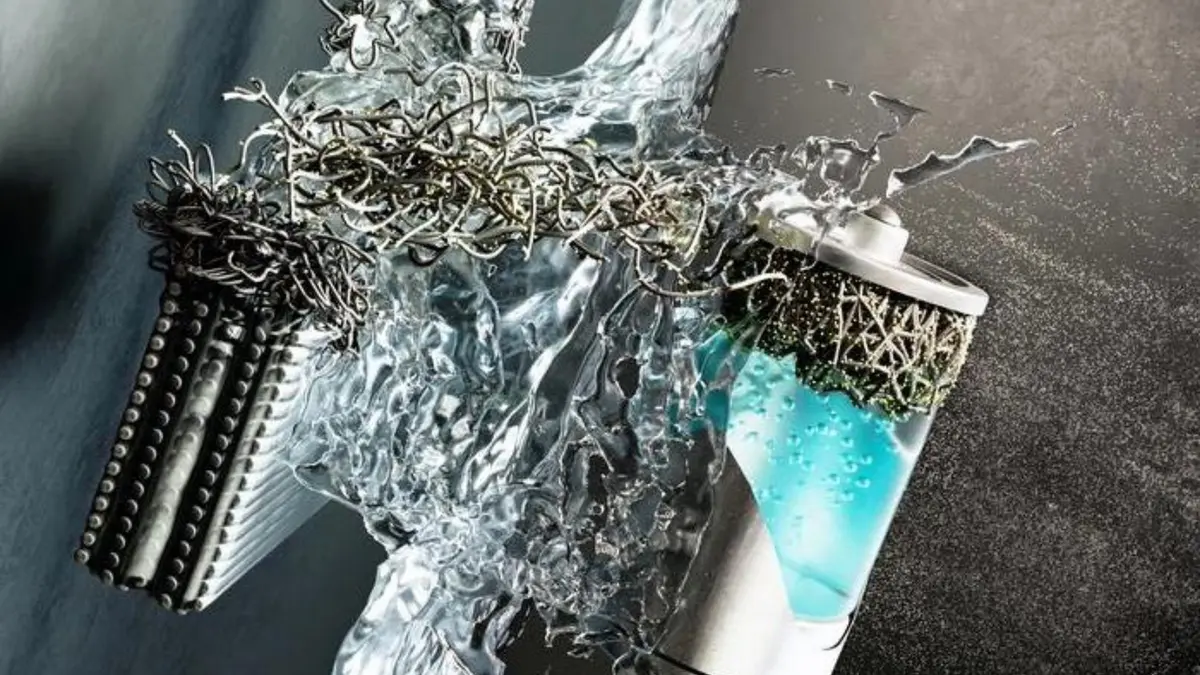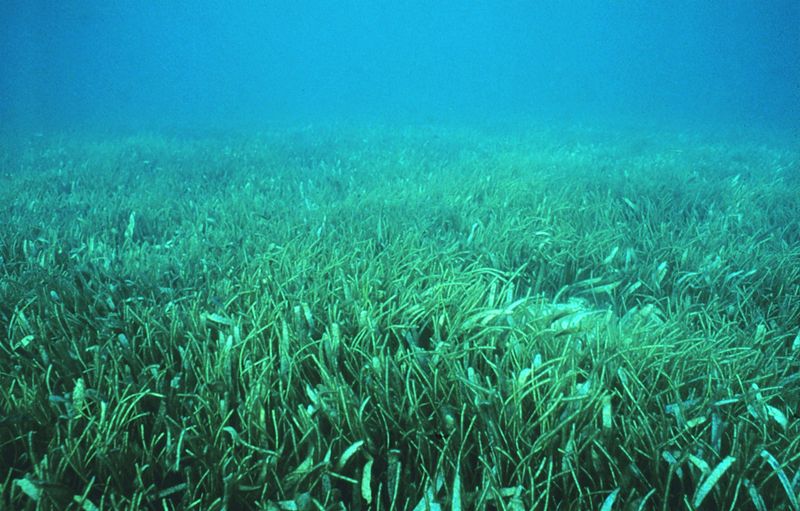Carbon fiber reinforced plastics (CFRP) are the superheroes of the material world. These lightweight yet incredibly strong composites have revolutionized everything from airplanes and high-performance cars to sporting goods. But with great power comes great responsibility… disposal responsibility. Discarded CFRP waste is piling up in landfills, posing a significant environmental challenge.
However, researchers at the Korea Institute of Science and Technology (KIST) have come to the rescue with a groundbreaking solution – supercritical water. This innovative method offers a sustainable way to recycle CFRP waste, potentially changing the game for this valuable material.
The Science Behind the Solution
Supercritical water is no ordinary water. Imagine water heated to extremely high temperatures and put under immense pressure – that’s supercritical water. In this state, water takes on unique properties, acting like a powerful solvent. The KIST team harnessed this power to break down CFRP waste in a matter of minutes.
Here’s the magic: supercritical water selectively dissolves the epoxy resin that binds the carbon fibers in CFRP. This leaves behind the valuable component – high-quality recycled carbon fibers. Remarkably, the process achieves a recycling rate exceeding 99%, making it incredibly efficient.
Paving the Way for a Sustainable Future
This breakthrough offers a glimpse into a more sustainable future for CFRP. By efficiently recycling CFRP waste, we can significantly reduce dependence on landfills and the need for virgin materials. This not only benefits the environment but also creates a more circular economy for CFRP.







